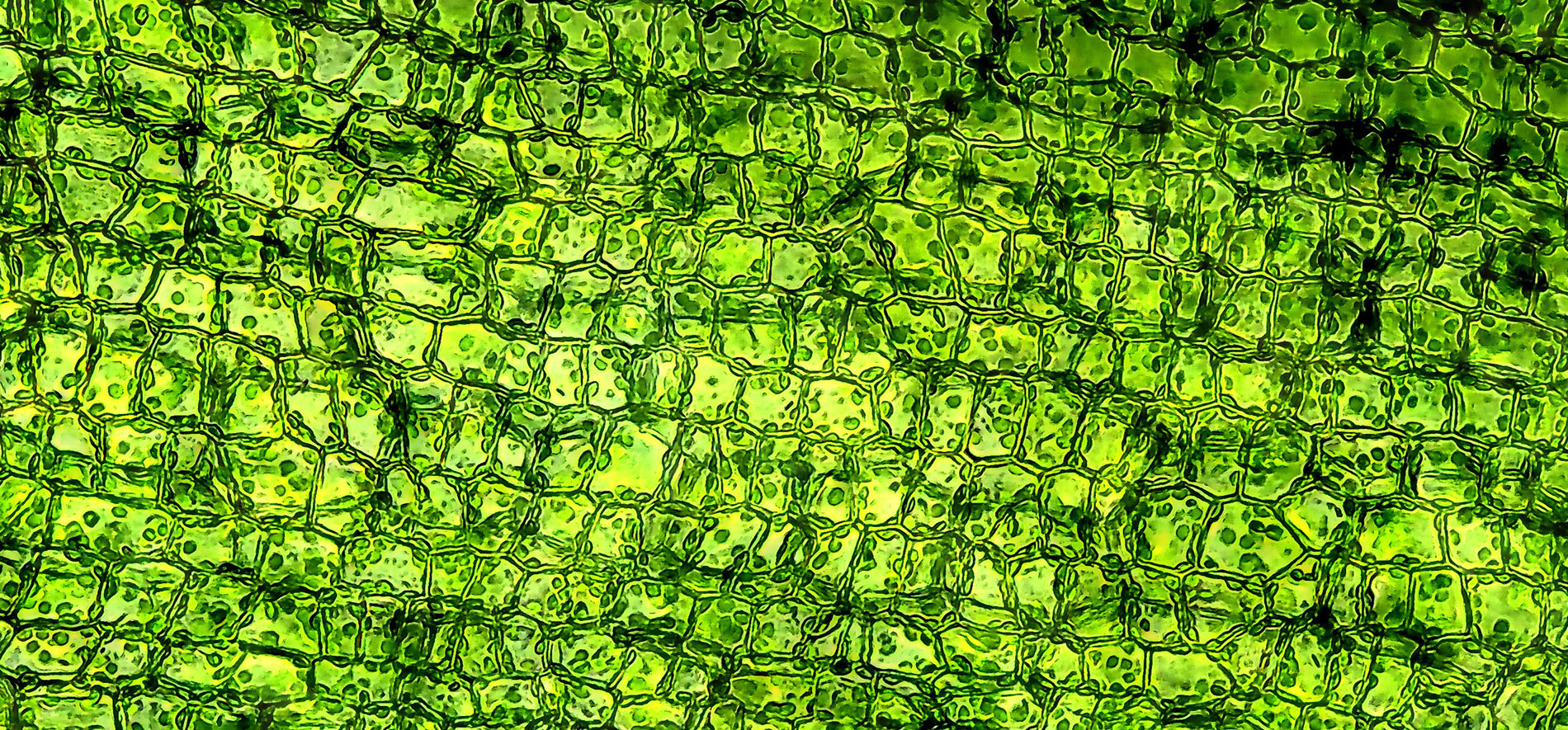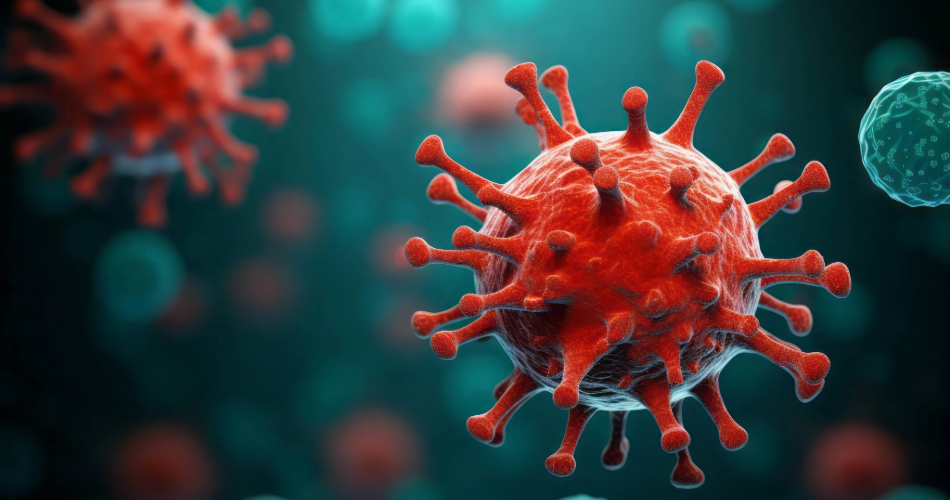
No, we are not talking about jumping to conclusions, but the reactions carried out by the gut microbiome – that is, the diverse cocktail of bacteria residing in the gut of each individual. These bacterial symbionts have previously been introduced in our previous blog Microbiome: Meet your multitude.
Bespoke biochemists
Before absorption, most orally administered drugs will encounter the hundreds of species of bacteria that reside in our gastro-intestinal tract. This mélange of bacterial species is thought to encode about 100 times more genes than the human genome. This provides an immense amount of genetic diversity which can function in unison as a metagenome specific to the individual. The microbiota can, and do, perform a plethora of biochemical transformations in the gut, the majority of which remain poorly understood. At least until now.
Community culture
Earlier this year, the Donia research group at Princeton published a screening protocol that they developed for probing “Microbiome-Derived Metabolism” or MDM[1]. The power of the MDM-Screen reported by the Donia group lies in the way that a sample of the microbiome is cultured as a community. This provides a picture of the functional effects of the gut metagenome as a whole, whereas previous techniques have sought to isolate individual bacterial strains responsible for metabolic transformations. In other words, the bacterial species of the microbiome do not work in isolation, therefore ensuring that as many of them as possible are present in any screening set-up is important.
The researchers used their MDM-Screen protocol to investigate differences in metabolism of known drug molecules between different subjects. Of 575 drugs which were tested in the screen, 57 were identified as being altered by the gut microbiota. A staggering 80% of these were reported as interacting with the microbiome for the first time.
Digestive diversity
A subset of these 57 interacting drugs were studied in bacterial samples cultured from a panel of healthy volunteers. Interestingly, for more than half of the drugs in the subset, the detected levels of metabolism varied from subject to subject. In some cases, the reported metabolite either inactivated the drug, or changed it into a toxic compound.
This variation in MDM could go some way to clarifying previously unexplained differences in patient treatment outcome such as predicting side effects or efficacy of the treatment. Additionally, the availability of robust processes to test MDM could also lead to changes in the drug development process. For example, allowing pharma companies to take account of likely microbiome induced problems ahead of clinical trials, or allowing a more granular backward looking view of clinical data to be taken.
Personalised protection
The data from the MDM-Screen relates to the microbiome environment on an individual level. As a result the MDM-Screen protocol can be used to select patient subgroups on the basis of whether metabolism of a given drug takes place in the gut. Where inactivating metabolism is avoided in the subgroup, a lower dose of the drug may be used. Where a toxic metabolite is avoided, reduced levels of side effects can be obtained for the patient subgroup.
This is relevant in the patent world, because these effects may, in some cases, be deemed novel and inventive, when based on the selection of a patient subgroup having the appropriate community of bacteria living in their gut. Since the defining feature of such a patient subgroup is driven by a physiological property (the activity of the microbiome) this subgroup selection can in principle be the subject of a “further medical use” patent claim.
Perhaps we will soon see the emergence of patent claims looking to cement a new tranche of protection for orally administered drugs in this way.
References
- Javdan et al., 2020, Cell 181, 1–19
Joseph is a patent attorney working in the chemistry and materials field assisting in the drafting and prosecution of UK and European patents. He also has experience in opposition and appeal proceedings before the EPO and the management of national/regional phase entry of international patent applications.
Email: joseph.newcombe@mewburn.com
Sign up to our newsletter: Forward - news, insights and features
Our people
Our IP specialists work at all stage of the IP life cycle and provide strategic advice about patent, trade mark and registered designs, as well as any IP-related disputes and legal and commercial requirements.
Our peopleContact Us
We have an easily-accessible office in central London, as well as a number of regional offices throughout the UK and an office in Munich, Germany. We’d love to hear from you, so please get in touch.
Get in touch

